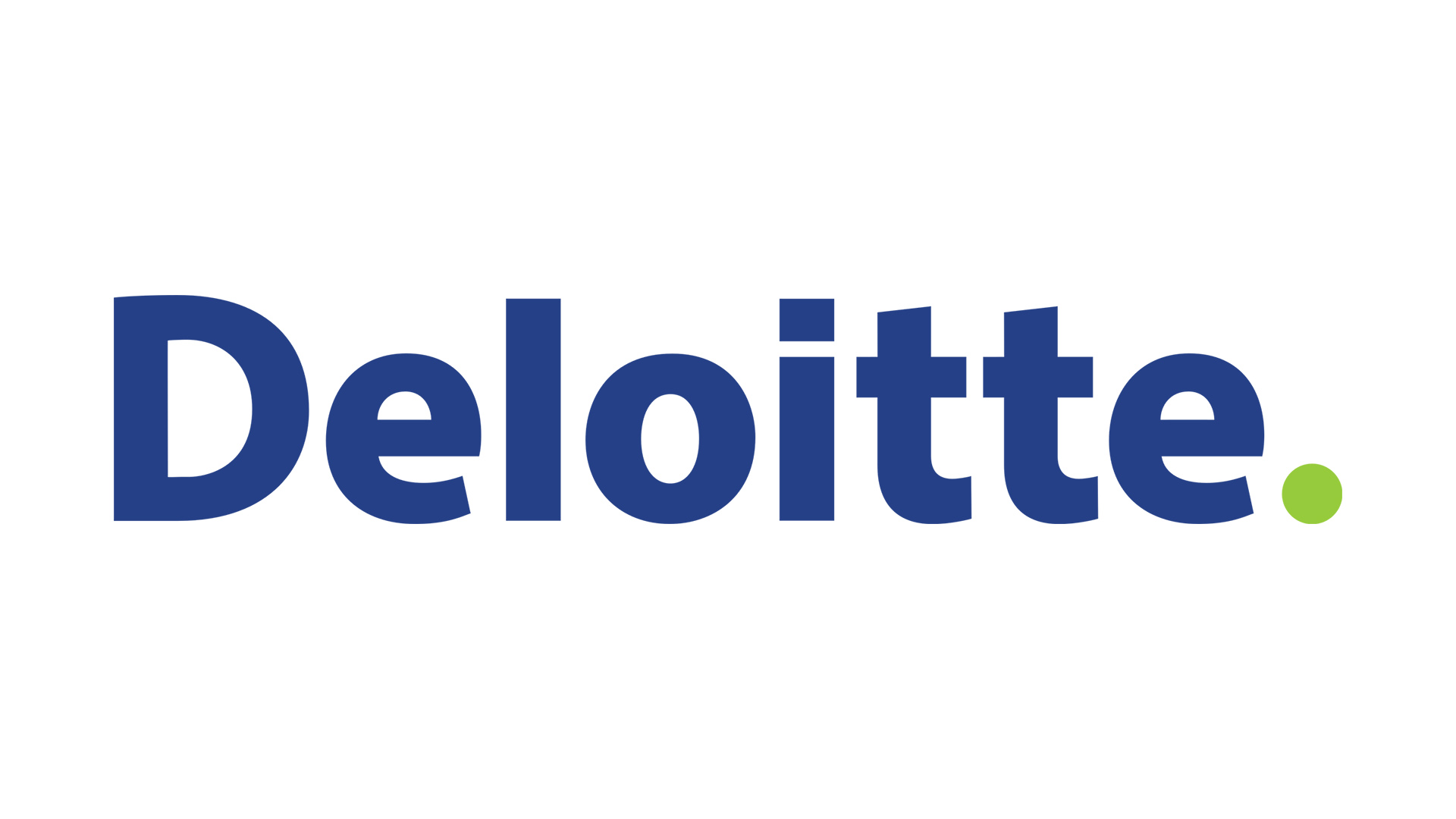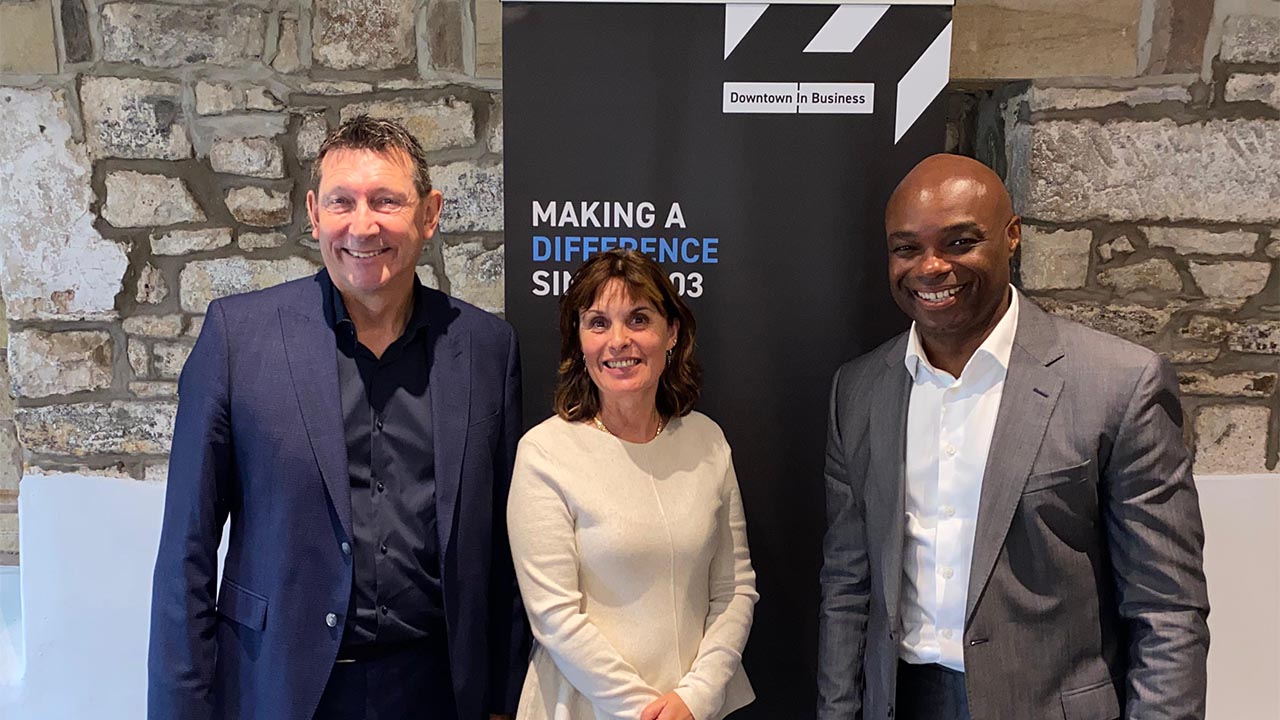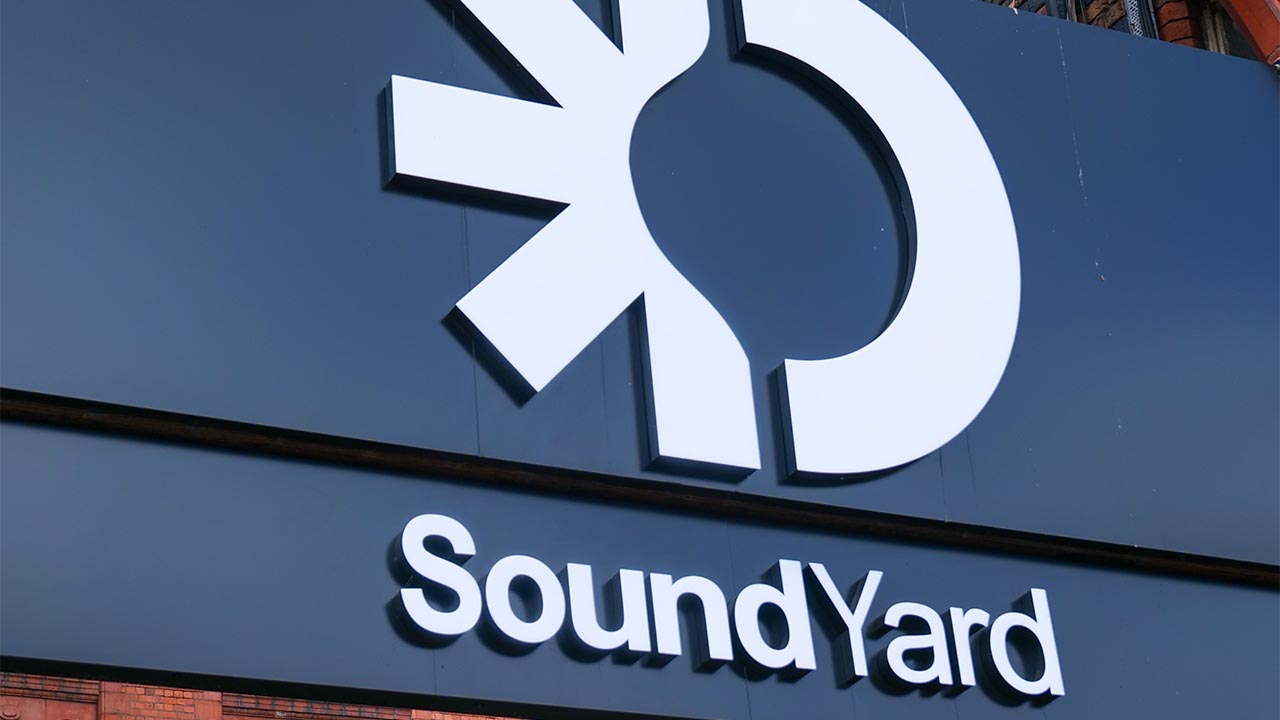The technology, media and telecommunications (TMT) practice at Deloitte, the business advisory firm, has today announced its predictions for the UK TMT sector in 2019. The news comes following the launch of the eighteenth edition of Deloitte’s TMT Predictions 2019 report.
3D printing: Growth accelerates again, but remains niche
Deloitte predicts that sales related to 3D printing by large public companies will surpass £2.1bn in 2019 and £2.4bn in 2020, growing by 12.5% year-on-year, more than double its growth rate compared to just a few years ago.
This growth will be driven by faster printing speeds, larger printing volume and, crucially, an increase in the number of materials able to be printed. Metal is expected to overtake plastics and represent more than half of all 3D printing within the next two years.
Claire Jolly, head of TMT at Deloitte in the North West comments: “In 2019, 3D printing will finally start to make its mark. Companies across multiple industries are using the technology for more than just rapid prototyping. 3D printers today are capable of printing a greater variety of materials, which mainly means more metal printing and less plastic printing. Plastic is fine for prototypes and certain final parts, but the trillion-dollar metal-parts fabrication market is the more important market for 3D printers to address.
“Bionic prosthetic limbs for children for instance, which are usually costly, particularly due to the need to replace these frequently as children grows, have been revolutionised by the introduction of 3D printing and can now be produced for a mere £20. With plans underway for a multi-million-pound 3D printing facility in Cheshire, the future looks good for 3D printing in the region.”
5G enters the mainstream in 2019
2019 will also see the first mass-market generation of 5G-enabled handsets go on sale. Deloitte predicts that around 20 handset vendors will launch 5G-ready handsets in 2019, with the first available in Q2. Approximately one million 5G-enabled handsets will be shipped by the year’s end, out of a projected 1.5 billion smartphone handsets which will be sold in total in 2019. In the UK, 5G shipments will number around 50,000.
Jolly comments: “The introduction of 5G handsets expected this year will look a lot like 2010, when 4G phones first entered the market. There will be a lot of noise in the first year from vendors vying to be first to market, and relatively little action from consumers. We’re not talking about an overnight switch to faster connectivity with lower latency, we will see 5G used by consumers in hotspot locations in the next two to three years, with mass adoption by 2025. We have already seen Manchester named amongst the first cities to trial 5G connectivity, with Vodafone switching on Manchester and Liverpool within the next twelve months.”
Smart Speakers: the hear and now
Deloitte predicts that smart speakers – internet-connected speakers with integrated digital assistants – will be the fastest-growing connected device in 2019, with 164 million units to be sold globally, up from 98 million in 2018. The smart speaker market is expected to grow by 63% year-on-year to £5.6bn in revenue, with a global installed base of a quarter of a billion by the end of 2019.
As of mid-2018, 12% of UK adults, approximately 6.2 million, had access to a smart speaker. This compares with 22% of adults in urban China and 19% in the USA. With 8% of global shipments reaching the UK, UK revenue for smart speakers will reach £44.8mn ($56.7mn) in 2019.
Paul Lee, global head of research for technology, media and telecoms at Deloitte, comments: “Smart speaker adoption has seen phenomenal growth in recent years. With improvements continuing to be made, demand for smart speakers could be in the many billions of units, possibly even higher than for smartphones. In the future, smart speakers have the potential to be installed in every room in a house, hotel, office, school and even beside every hospital bed.
“Significantly, smart speakers have, literally, a world of opportunity for growth in non-English-speaking countries. So far, the vast majority of these devices have been sold to markets with English as the primary language. As linguistic software improves, demand will continue to soar, particularly if these speakers appeal to customers speaking Chinese, French, Spanish, Italian, and Japanese.
“We expect smart speakers to be the seventh most-used consumer device this year, and it may take some years before this technology’s true impact is felt. Mass adoption has yet to happen, voice recognition accuracy has plenty of scope for improvement, and there are still relatively few apps available.”
Radio: Revenue, reach, and resilience
Radio, the 99-year old traditional medium, will maintain its hold on UK media consumption, with 47 million people listening to radio weekly or more often. Global radio revenues are forecast to increase modestly to £31.6 billion, still many multiples of emerging media formats such as eSports, whose revenues are likely to be 40 times smaller.
Globally, Deloitte predicts that nearly three billion people will listen to radio weekly in 2019, and that total radio revenue will reach £31.6bn ($40bn), a one per cent increase from 2018.
Lee comments: “Due to the rise of on-demand media and streaming services, many underestimate the influence radio still holds. The perception that video or indeed streaming has killed the radio star is simply not the case. Whether it’s in the car, over breakfast, or even at work, the vast majority of people in the UK still have at least one ear on the airwaves during the course of the day. Radio is alive, well and enjoyed by all ages.”
The UK is the fifth largest market globally for annual radio revenues, with revenues of £1.3bn ($1.6bn) in 2017. The US is by far the largest market (£17.2bn/$21.8bn) followed by Germany (£3.1bn/$3.9bn).
Lee concludes: “Radio advertising is underestimated, with many unaware of the influence it holds for brands. As traditional media and television viewing figures continue to struggle, listening figures for radio are holding steady. Radio will continue to play an integral role in advertising campaigns for years to come. In a world where digital changes everything, radio may be the exception.”






